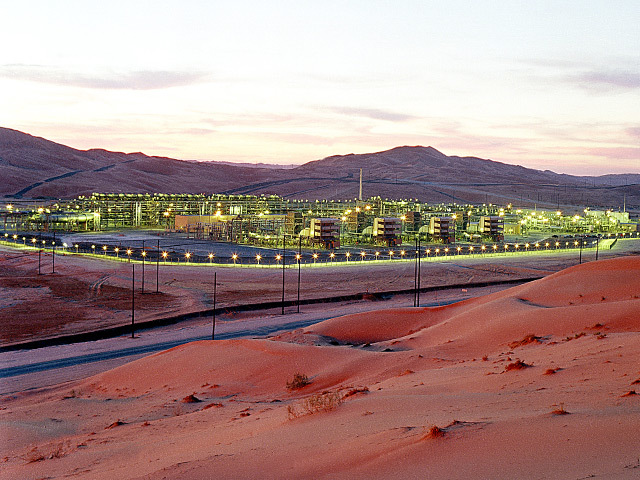
Twelve of the world’s most powerful petroleum ministers gathered around a horseshoe of tables in Vienna this week to pass judgment on the oil market. One of them sounded happier than the rest.
“This is the best time for the market,” Ali al-Naimi, Saudi Arabia’s minister, told journalists before the meeting of the Organisation of Petroleum Exporting Countries on June 11. A day later, US and European crude prices, which have exceeded $100 a barrel for a record time, surged to multi-month highs, spurred by worsening conflict in Iraq, the group’s second- biggest producer. Libya, with 48 billion barrels of reserves, is pumping 10% of what it can because of unrest.
Saudi Arabia is showing satisfaction with oil prices at a time when OPEC’s collective influence seems diminished. Years ago, its utterances mattered to the market and the global economy. The group whose member countries supply 40% of the world’s oil barely moved prices as they met for just three hours and repeated what they said the last four times: Let’s keep pumping 30 million barrels a day.
“The good times are going to last for Saudi Arabia for as long as the outages continue,” said Jamie Webster, an analyst at IHS Energy in Washington. “Even if some of that lost production comes back, the Saudis are still in good shape. They could reduce production by a million barrels a day without panicking.”
Brent crude gained 0.4% to $109.95 a barrel on the day of the meeting, at the top of the end of what al-Naimi described as a good range. Prices rose to as high as $114.69 today, the most since September, on the ICE Futures Europe exchange in London as fighting in Iraq intensified. West Texas Intermediate climbed to the highest in eight months.
OPEC’s output decisions are unlikely to regain some potency until at least next year because disruption in Iraq and Libya mean that Saudi Arabia alone has the capacity to increase production. The kingdom is still sitting on about 2.5 million barrels a day of unused output capacity and committed to adjusting supply as demand dictates.
Demand for OPEC crude is declining as rising production from outside the group, mostly shale oil in North America, more than covers growth in global consumption. The world needed 30.3 million barrels a day from OPEC last year, falling to 29.2 million in 2018, before rising again the following decade, the group’s own estimates show.
Yet Saudi Arabia, the world’s largest oil exporter, has raised crude output to an average of 9.7 million barrels a day this year, 4.8% above the same period in 2013, according to data the kingdom has supplied to OPEC. It may need to lift production to a record 11 million a day to satisfy demand in the second half, says Energy Aspects Ltd., a London-based consultant.
Al-Naimi has been able to enjoy steady prices and rising production largely because of the misfortune of other OPEC members.
“Although there’s a sense of balance in the oil market, the convergence of OPEC output to this target has so far been largely due to unplanned outages, rather than a concerted effort by member countries to restrict output at those levels,” Miswin Mahesh, an analyst at Barclays Plc in London, said by e-mail.
Iraq’s production contracted 6.4 percent since reaching a 35-year peak of 3.6 million barrels a day in February amid political disputes and pipeline bombings, according to the International Energy Agency. An al-Qaeda offshoot captured the nation’s second-biggest city, Mosul.
In Libya, output has fallen to about a 10th of capacity because of political protests at oil fields and terminals. Iran next month may face an end to relief from international sanctions, which have reduced oil exports, if it can’t reach a broader deal on its nuclear program.
These disruptions mean OPEC won’t face tricky discussions over changing its collective production target, or imposing individual quotas to avoid pumping too much oil, until at least next year, according to analysts from Energy Aspects, Petromatrix GmbH and VTB Capital.
“Things are very happy for those OPEC members who are able to produce more while prices are high and stable,” said Webster at IHS. “The only way things get bad is if a large chunk of production comes back while at the same time U.S. output continues to grow apace, requiring OPEC to reduce output.”
Recommended for you
